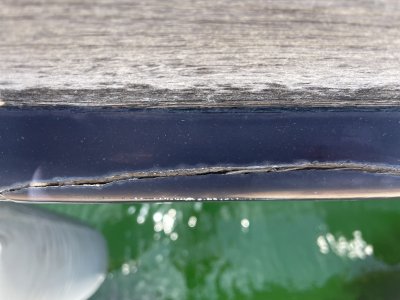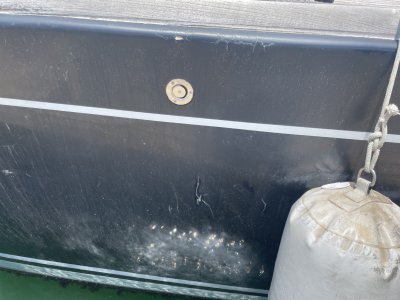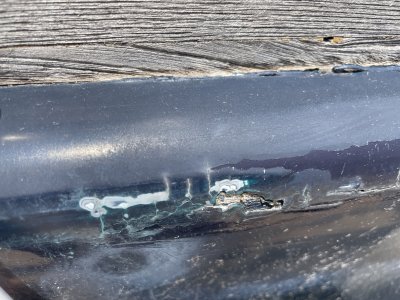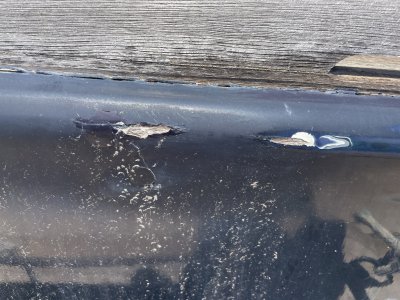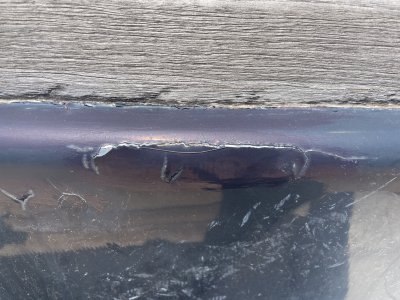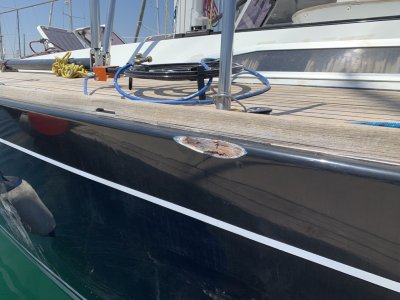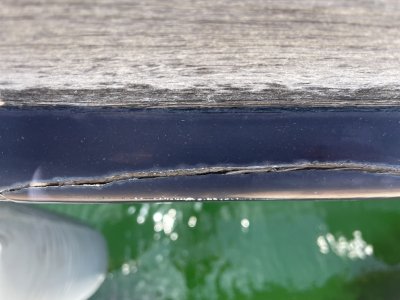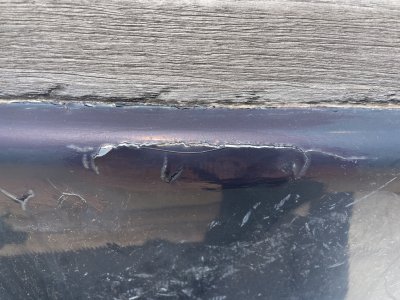AleCiotti
Member
Hi guys during the years my boat has had some accidents and combined with the effect of time it now has a lot of cracks on it's sides, some of them are very deep.
How do I go about repairing the cracks, especially the deep ones?
Thanks!
see attachements.
How do I go about repairing the cracks, especially the deep ones?
Thanks!
see attachements.

